New Zealand Dollar jumps sharply after RBNZ turned out to be less dovish than expected. OCR was kept at 1.75% as widely expected. And, the central bank restored the language that “the direction of our next OCR move could be up or down” in the statement. However, there was no more dovish tweak.
In short, RBNZ expected interest rate to be unchanged at current level “through 2019 and 2020”. It maintained the view that “As capacity pressures build, consumer price inflation is expected to rise to around the mid-point of our target range at 2 percent.”
And, there were upside and downside risks to the outlook. RBNZ noted “there are upside and downside risks to this outlook. A more pronounced global downturn could weigh on domestic demand, but inflation could rise faster if firms pass on cost increases to prices to a greater extent.”
The overall statement was pretty balanced and did nothing to endorse market speculation of a rate cut by year end.
Full RBNZ February MPS here.
With today’s strong rebound in NZD/USD, focus is back on 0.6941 resistance. Firm break there will complete the corrective pattern from 0.6969 and resume the whole rise from 0.6424. That will be a rather bullish development, but only until it happens.
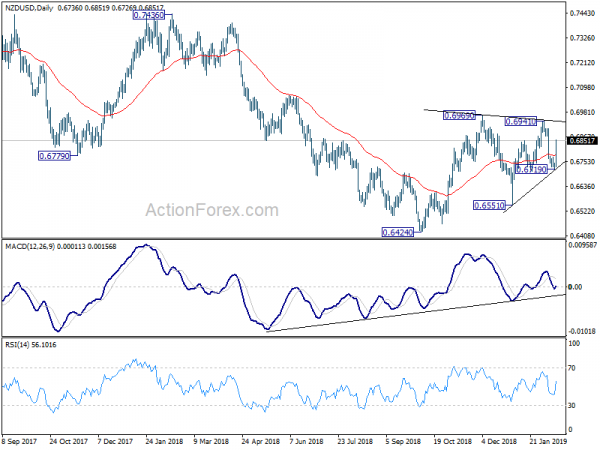




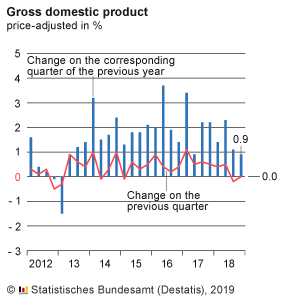
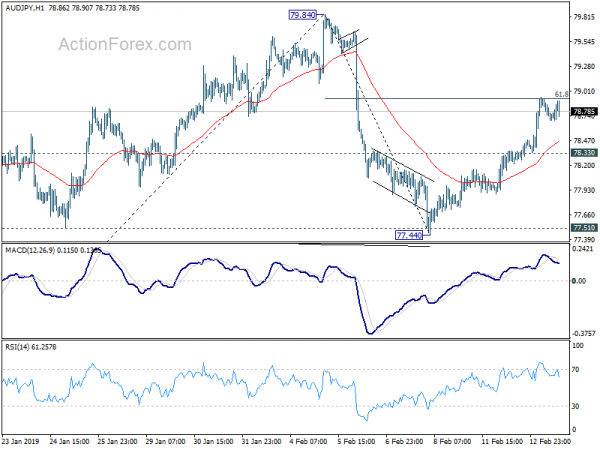
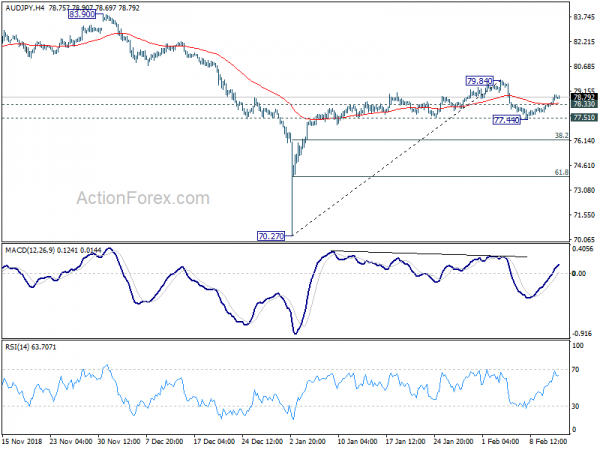
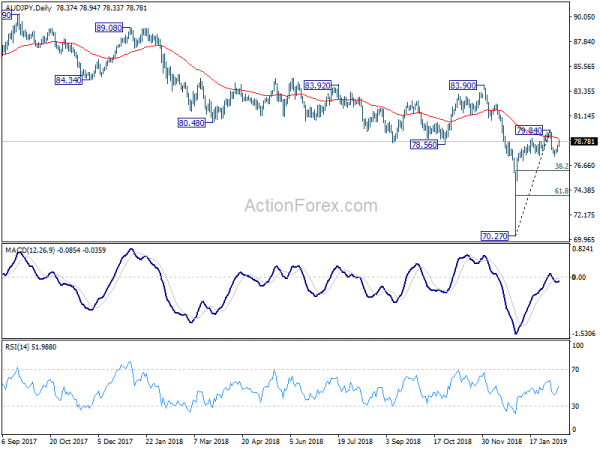
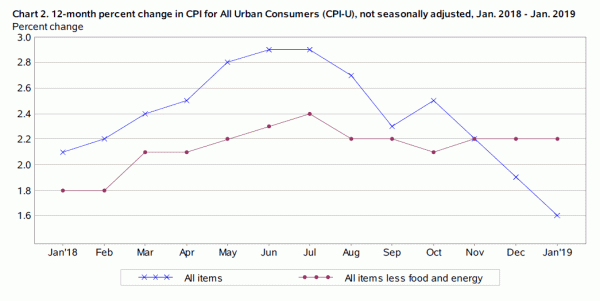
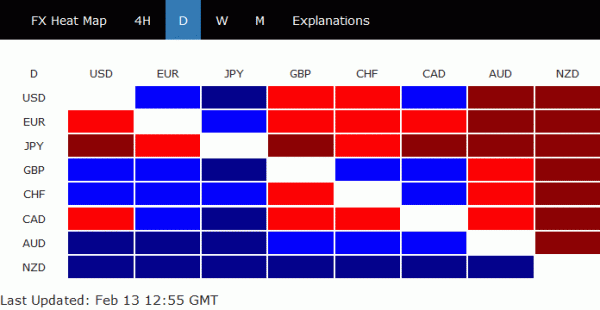
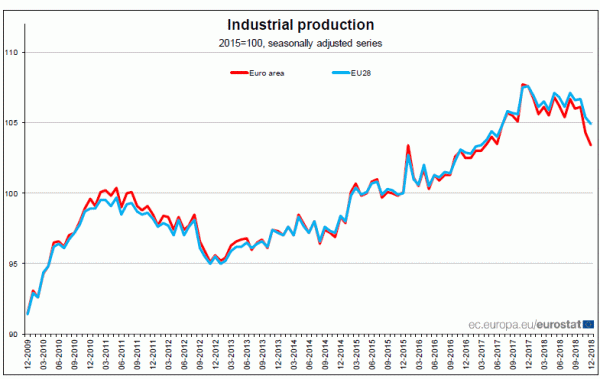
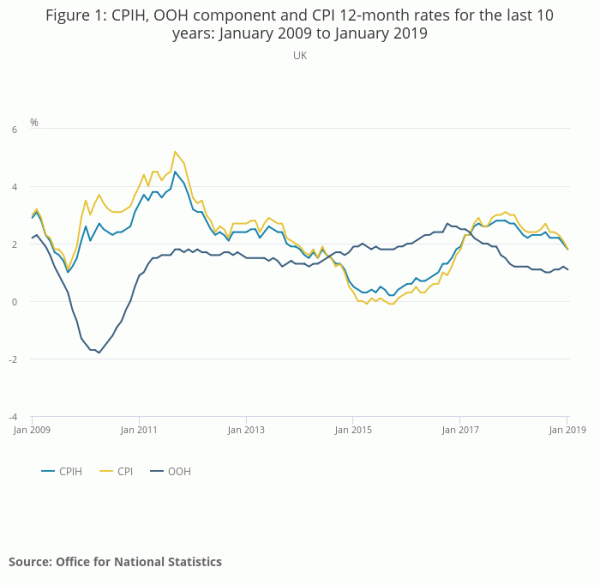
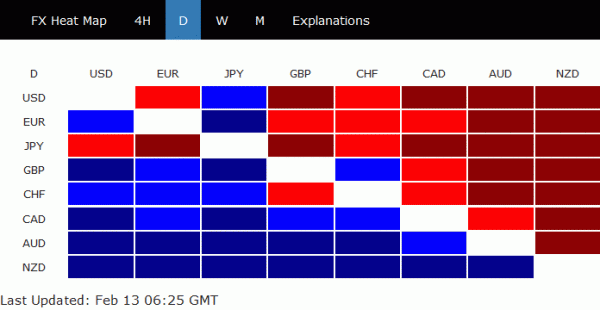

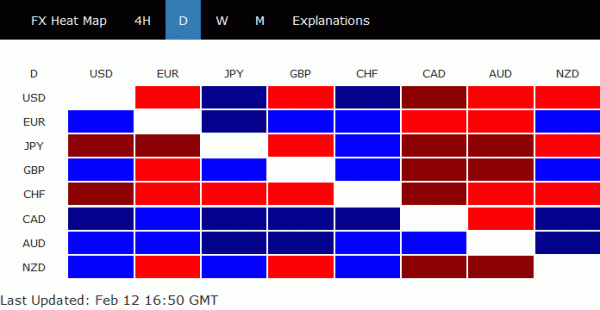
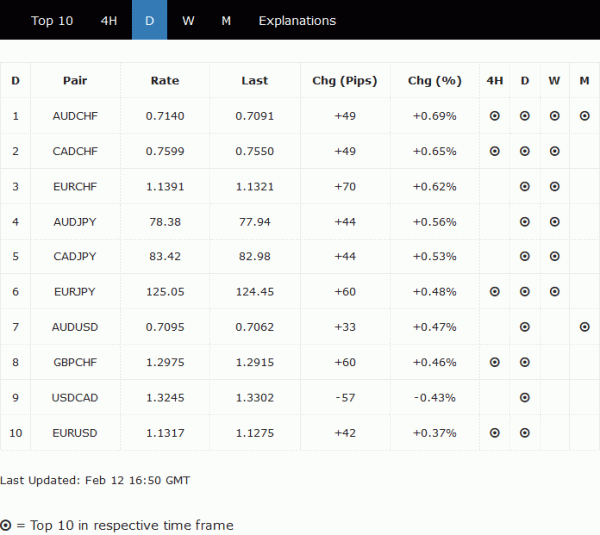
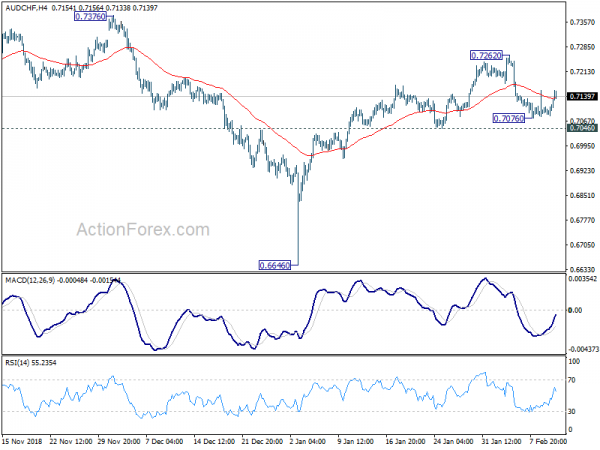



Eurozone GDP grew 0.2% qoq in Q4, matched expectations
Eurozone GDP grew 0.2% qoq in Q4, unchanged from Q3 and matched expectations. Annually, GDP grew 1.2% yoy. Over the whole year 2018, GDP grew 1.8%. Employment grew 0.3% qoq, above expectation of 0.2% qoq.
EU 28 GDP grew 0.3% qoq, 1.4% yoy. Over 2018, EU 28 GDP grew 1.9%.
Full release here.